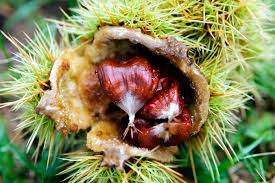
Benefits of Raised Bed Gardening: Choosing the Right Soil**
Raised beds offer numerous advantages for gardening, including faster drainage, fewer weeds compared to in-ground beds, and overall improved soil quality. These benefits are crucial for successful plant growth, as discussed in more detail in this post.
One of the primary advantages of raised beds is the ability to start with nutrient-rich, weed-free soil from the beginning. Unlike native ground soil, which often lacks nutrients and has drainage issues, raised bed soil is optimized for plant health and growth.
The quality of your raised bed soil depends on several key factors. It’s essential to choose a blend that:
- Has Good Texture: A balanced mix of sand, clay, and loam allows water to flow freely while providing ample support for plant roots.
- Balances Moisture Retention and Drainage: It should hold enough moisture to keep plants hydrated but drain well to prevent root rot.
- Is Rich in Nutrients: Essential nutrients like nitrogen, phosphorus, potassium, and micronutrients (e.g., calcium, magnesium, sulfur) are vital for plant growth.
-
Minimizes Weed Pressure: Good soil should be relatively free from weeds and weed seeds, reducing competition for nutrients.
-
Supports Beneficial Microorganisms: These microorganisms break down organic matter, release nutrients, and help control pests and diseases.
-
Contains Organic Matter: Organic matter, such as compost, enriches the soil over time, improving texture and feeding beneficial microbes.
-
Is Free from Harmful Chemicals: Avoid soils containing harmful chemicals or toxins that can damage soil health and plant growth.
When choosing soil for your raised beds, opt for a high-quality blend that meets all these criteria. Many commercially available bagged soil mixes may not use sustainable materials or rely on non-renewable resources like peat moss.
In this post, I’ll share a raised bed soil recipe that ensures good drainage, nutrient richness, organic content, weed-free properties, and sustainability without using peat moss.




